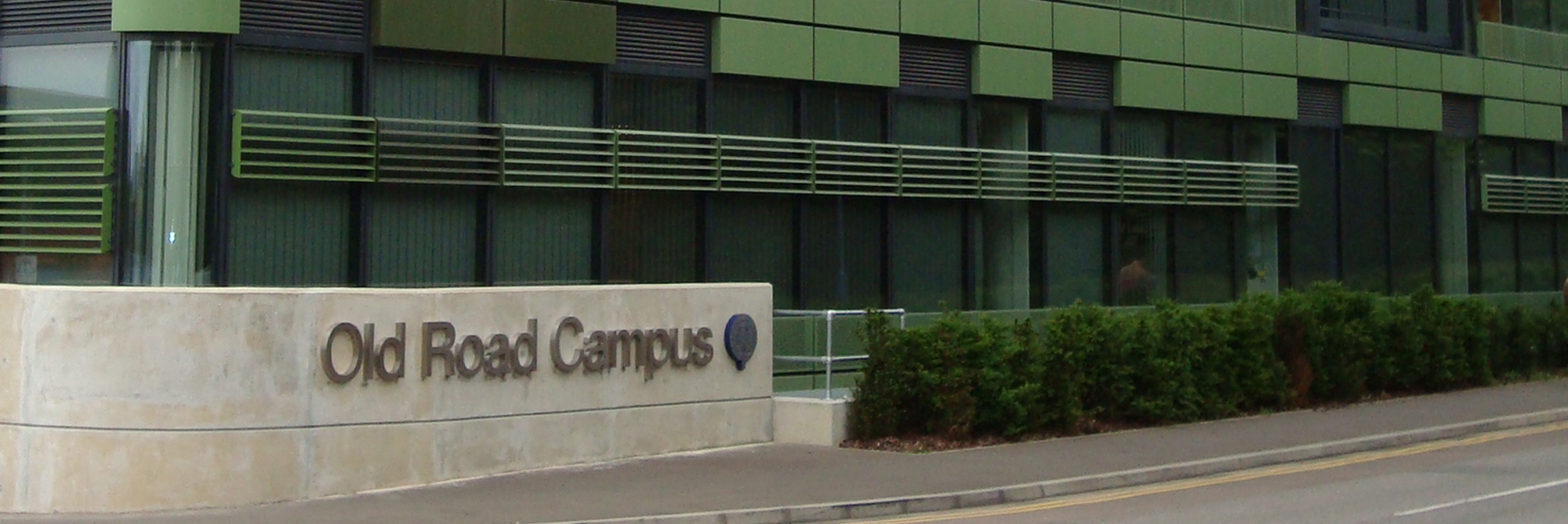Spontaneous Haemoperitoneum in Pregnancy (SHiP)
Key points
- SHiP is the occurrence of sudden haemorrhage intra-abdominally in pregnancy – unrelated to trauma or rupture of the uterus.
- SHiP has been associated with endometriosis, rupture of uterine artery or varicose veins and aneurysms of the splenic artery.
- SHiP is rare but potentially fatal for the mother and the fetus.
- The data from this study will form part of an international collaborative study using the International Network of Obstetric Survey Systems (INOSS).
Surveillance Period
1st January 2016 – 31st December 2017
Background
Spontaneous Haemoperitoneum in Pregnancy (SHiP) is the occurrence of sudden haemorrhage intra-abdominally in pregnancy (unrelated to trauma or rupture of the uterus) and has been associated with endometriosis, rupture of uterine artery or varicose veins and aneurysms of the splenic artery[1].
SHiP is rare but potentially fatal for both mother and baby but it is currently extremely difficult to estimate the incidence of SHiP. Six maternal deaths occurred between 2009 and 2012 in the UK that were attributed to rupture of non-aortic aneurysms. However, little is known about morbidity during that time[2]. Anecdotally, some cases have been noted to occur in women undergoing thrombolysis, but the prognostic factors are currently unclear on a population basis. The data from this study will form part of an international collaborative study using the International Network of Obstetric Survey Systems (INOSS).
Objective
To use the UK Obstetric Surveillance System (UKOSS) to determine the incidence and risk factors of SHiP in the UK and to describe management and short-term outcomes for both mother and infant.
Research questions
- What is the incidence of SHiP?
- What are the characteristics of women with SHiP?
- What are the outcomes for both mother and infant? What are the prognostic factors associated with poor outcomes?
- How is SHiP managed in the UK?
Case definition
Any woman 20 weeks or more gestation with sudden intra-abdominal haemorrhage requiring surgery (CS, laparotomy, laparoscopy), without preceding trauma
EXCLUDE: women with uterine rupture or trauma
Funding
This study is funded by the National Institute for Health Research (NIHR) as part of a Professorship award to Professor Marian Knight.
Ethics committee approval
This study has been approved by the North London REC1 (REC Ref. Number: 10/H0717/20).
Lead UK Investigator
Marian Knight, NPEU
Download a sample Data Collection Form (DCF)
UKOSS SHiP Data Collection Form
References
- ^ Brosens IA, Fusi L, Brosens JJ. Endometriosis is a risk factor for spontaneous hemoperitoneum during pregnancy. Fertil Steril 2009; 92: 1243-5.
- ^ Knight M, Kenyon S, Brocklehurst P, et al. Saving Lives, Improving Mothers' Care - Lessons learned to inform future maternity care from the UK and Ireland Confidential Enquiries into Maternal Deaths and Morbidity 2009–12. Oxford: National Perinatal Epidemiology Unit, University of Oxford, 2014.


